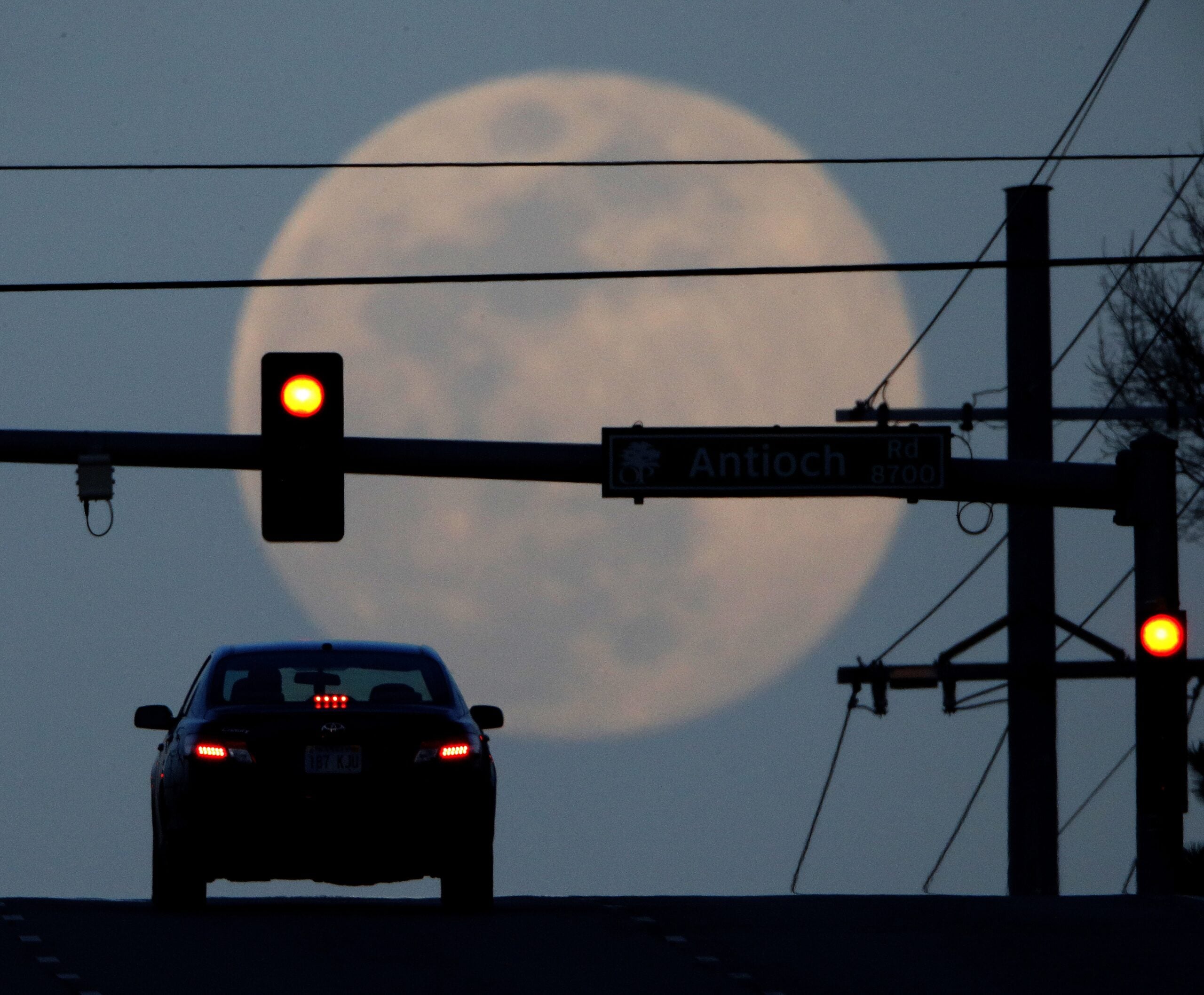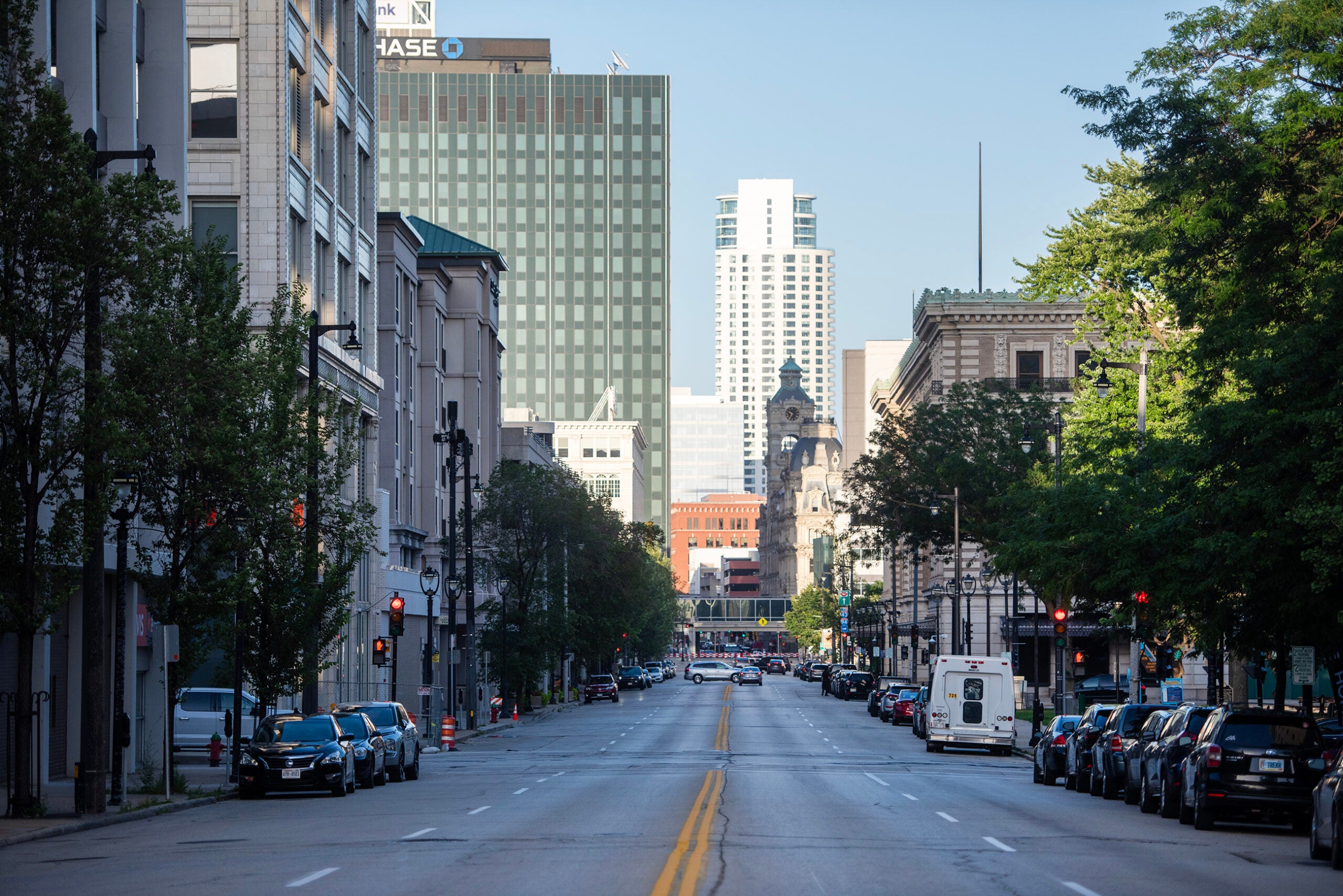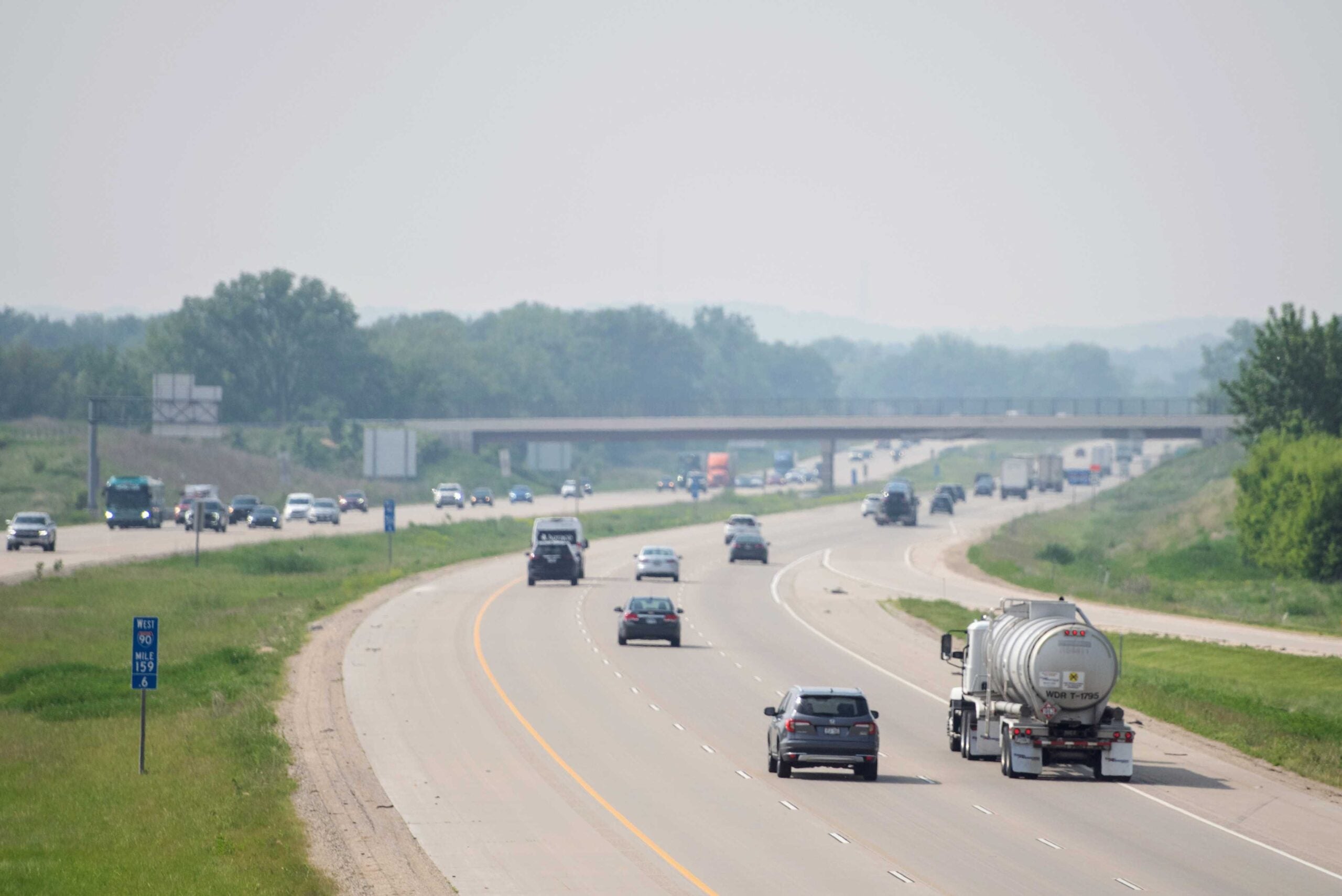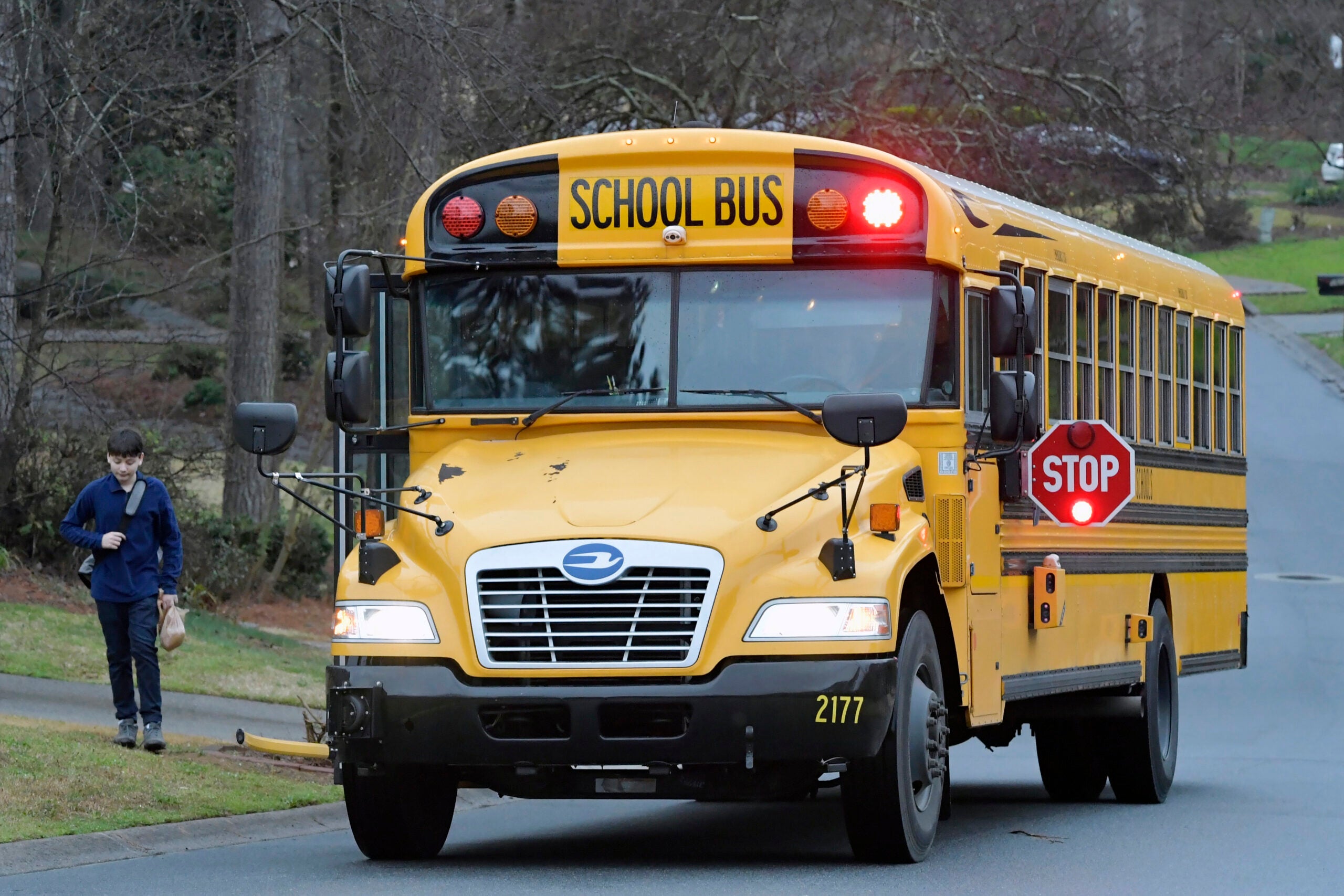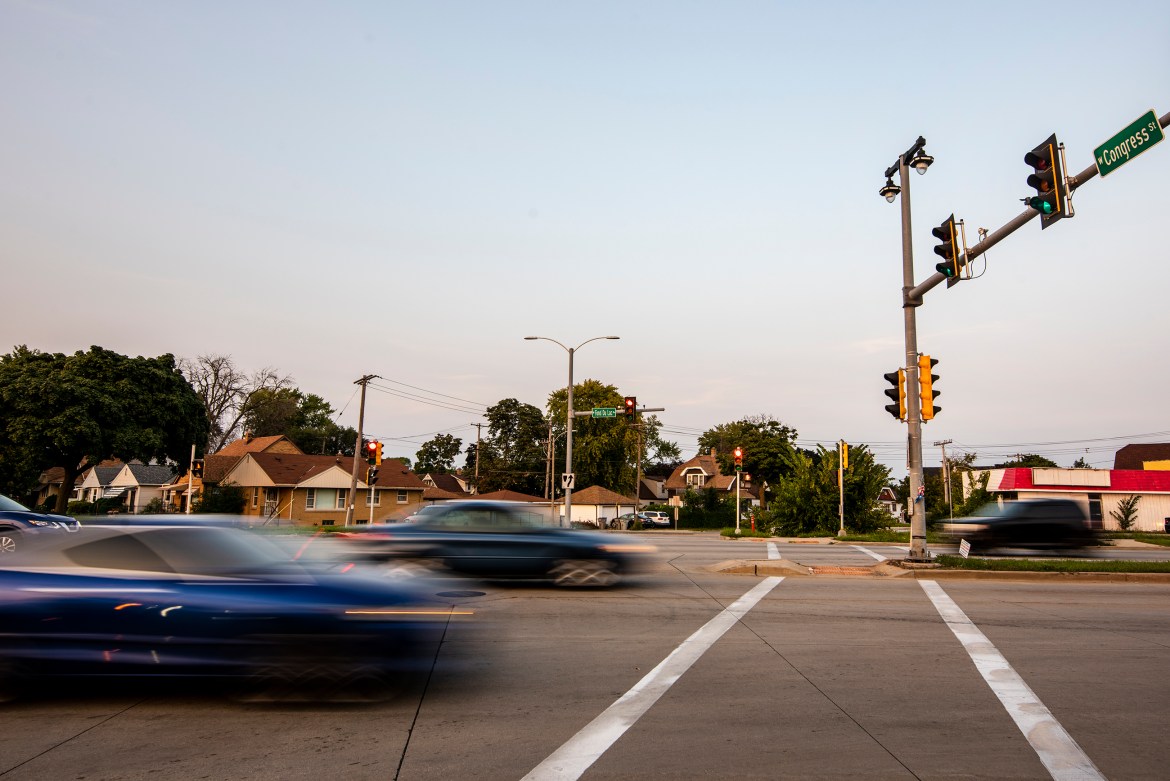The number of motor vehicle crashes and deaths in Wisconsin have increased far greater for African Americans than white and Hispanic residents, according to a new report from the Wisconsin Policy Forum.
From 2013 to 2018, the motor vehicle crash fatality rate for black Wisconsinites more than doubled, according to data from the Centers for Disease Control and Prevention. In 2013, 31 African Americans died from motor vehicle deaths. The worst year was in 2017, when 79 African Americans died, according to the CDC data used in the report.
In 2018, the last year CDC data was available, 63 African Americans living in Wisconsin died from motor vehicles.
News with a little more humanity
WPR’s “Wisconsin Today” newsletter keeps you connected to the state you love without feeling overwhelmed. No paywall. No agenda. No corporate filter.
The problem is most prominent in Milwaukee County and the city in Milwaukee, home to two-thirds of the state’s African Americans.
In Milwaukee, fatalities increased 97 percent from 2013 to 2018. In the rest of the state, fatalities increased 3 percent during that time span, according to the Policy Forum.
The sharp increase in African American motor vehicle deaths is a new phenomenon, happening in only the last five years. Looking over the long term, black Wisconsinites were actually less likely to die in a motor vehicle crash, said Mark Sommerhauser, a policy researcher and lead author of the report.
“Our state’s African American residents have actually gone from being less likely to die in a motor vehicle crash to much more likely,” Sommerhauser said. “So many factors could be contributing to this. We just wanted to explore a few potential contributors.”
Some of the factors raised in the Policy Forum’s report include a decline in public transportation, particularly in Milwaukee County, and lack of driver’s education in public schools.
Transit ridership in Milwaukee County declined about 40 percent from 2008 to 2018, compared to a 6 percent decline nationally, according to the Federal Transit Administration’s National Transit database.
Another factor could be the state’s discontinued funding to school districts for driver’s education in 2004.
While driver’s education classes remained available to students for a fee, this may have contributed to an income-based gap in access to driver’s education, especially in districts like Milwaukee, according to the Policy Forum.
In 2016, Milwaukee Public Schools introduced free driver’s education program for high schoolers, with the only cost being a $35 fee to obtain a learner’s permit. But many of today’s drivers came of age before that program existed.
Reckless Driving
Reckless driving has also plagued Milwaukee. Since last year, the Milwaukee City-County Carjacking and Reckless Driving Taskforce has been looking at ways to combat the problem.
In October, after two sisters, ages 4 and 6, were killed by a reckless driver and their 10-year-old cousin was also injured, Milwaukee Mayor Tom Barrett and members of the Common Council asked Gov. Tony Evers for state resources to curb reckless driving.
Sommerhauser said the Policy Forum’s research can’t conclusively point to one cause or contributor as to why African Americans are dying from motor vehicle crashes, but said speeding is often a factor.
“That was one element of our research that I do think certainly does seem to dovetail with some of the trends we’ve seen and some of the concerns we’ve seen around reckless driving in the (Milwaukee) area,” Sommerhauser said.
Alder Michael Murphy, who heads the reckless driving taskforce, said after reading the Policy Forum report, he wants to redouble his efforts to try to change people’s behavior.
“The disproportionate impact on people of color, specifically African Americans, is just outlandish and shocking,” Murphy said.
The task force has made several recommendations including asking state lawmakers to increase criminal penalties for adults who engage in reckless driving or flee police; consider red-light cameras; more funding for driver’s education and more tools such as roundabouts, speed bumps and traffic signals.
Sommerhauser said the research shows the auto fatality numbers in Milwaukee and statewide have escalated.
“The good news is that city and county have put together a taskforce with recommendations,” he said. “There are a lot of them for our state and local policymakers to consider.”
Last week, the state Assembly adjourned for the year. The Senate is expected to do the same in March.
Murphy said the city-county taskforce will meet again in March and hopefully begin implementing changes in April.
The Policy Forum didn’t initially set out to look into African American auto deaths.
Last year, it looked at life expectancy in Wisconsin and found it has declined in recent years. While presenting that report to member organizations, public health experts at Aurora Health Care in Milwaukee asked Policy Forum researchers if they could break down the mortality data by racial disparities.
“One of the things that really jumped out was the difference in accidental death rates between white Wisconsinites and black Wisconsinites,” Sommerhauser said. “We found a lot of what was driving the disparity was the increase in motor vehicle death rates. We see a lot of disparities on the basis of race, on the basis of health care outcomes. And when we went looking for one example of that, that’s how we found the topic we wrote about here.”
Wisconsin Public Radio, © Copyright 2026, Board of Regents of the University of Wisconsin System and Wisconsin Educational Communications Board.
